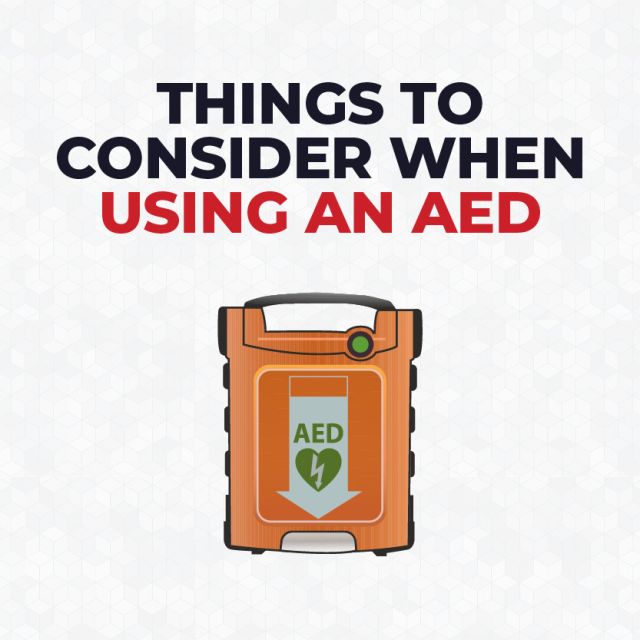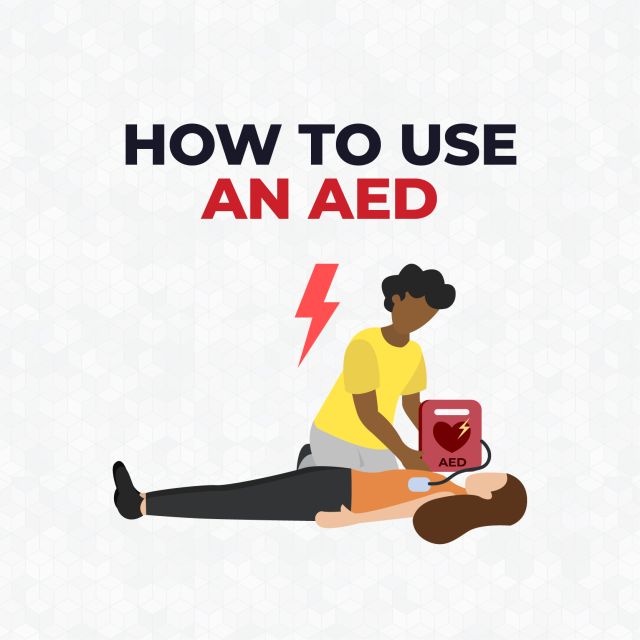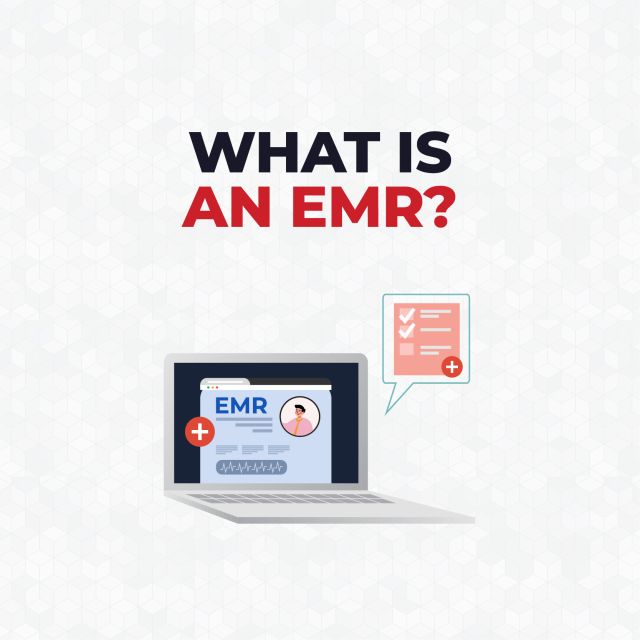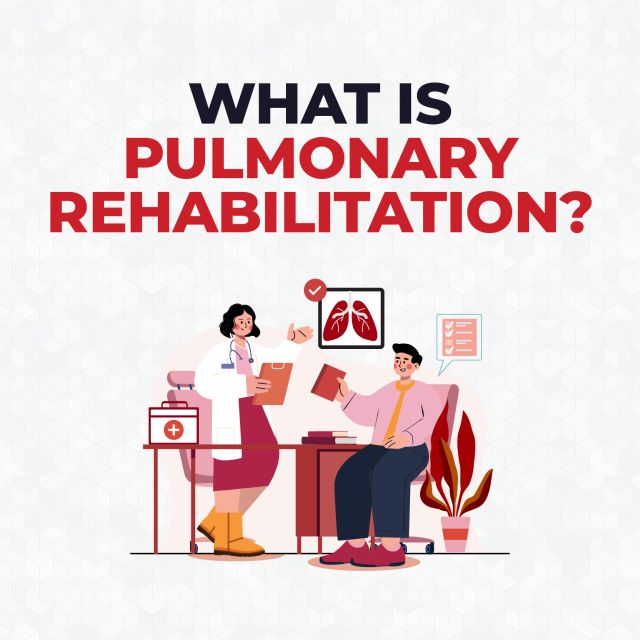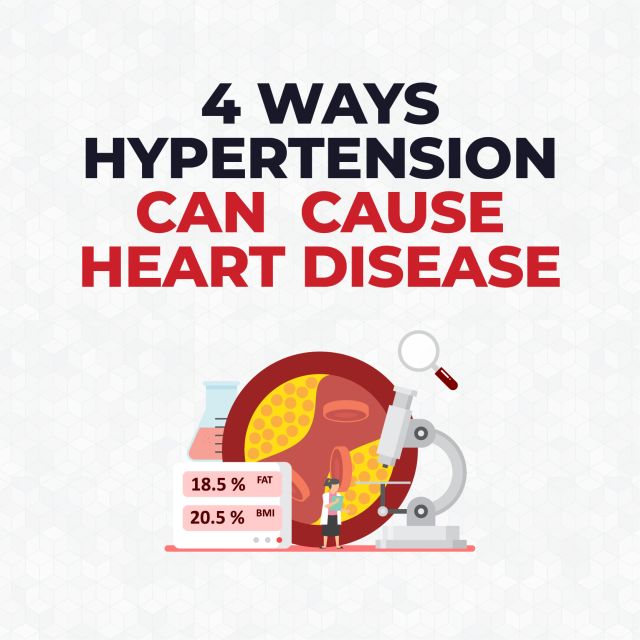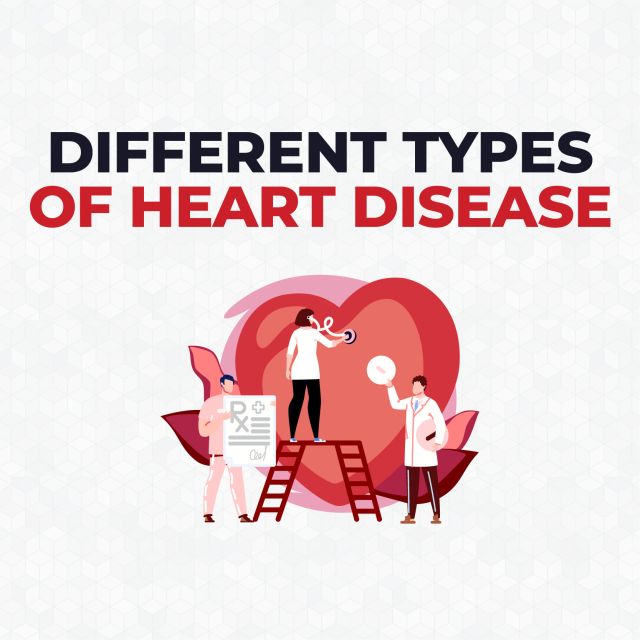10 Things you Should Know About Rapid Defibrillation
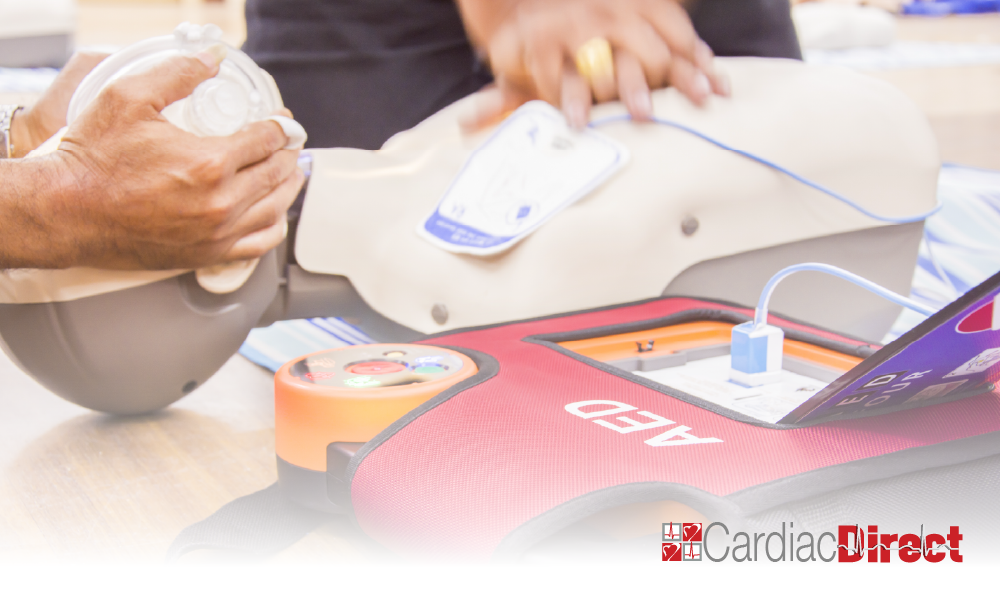
Why is Rapid Defibrillation Often Overlooked?
Rapid defibrillation is often the most overlooked portion of the chain of survival. This is partly because of the general misinformation regarding when you can use an AED/Defibrillator. We want to set the record straight, so we’ve created a list of the top 10 things you should know about rapid defibrillation.
- Rapid defibrillation is classified as defibrillation that occurs in less than 3 minutes after Sudden Cardiac Arrest.
- Rapid defibrillation is the only definitive treatment for Sudden Cardiac Arrest.
- If defibrillation is successfully administered within the first 3-5 minutes of Sudden Cardiac Arrest, the victim’s chance of survival is greater than 50-70%.
- An SCA (Sudden Cardiac Arrest) victim’s chance of survival decreases by 10% every minute that passes without rapid defibrillation.
- Despite popular belief, defibrillation does not start a heart after it stops. In fact, defibrillation actually stops a heart that is beating ineffectively to help restart the heart and restore its natural rhythm.
- While CPR only resuscitation does provide some blood flow to the brain and heart, it cannot restore an effective natural rhythm to the heart. This is why early defibrillation is necessary for SCA victims.
- Rapid defibrillation using an AED (automated external defibrillator) can be used on children experiencing Sudden Cardiac Arrest, even if the AED on hand is standard and does not include a pediatric dose-attenuator.
- While most (53%) bystanders are hesitant to perform rapid defibrillation in fear of hurting the SCA victim, defibrillation using an AED is actually very safe. In fact, an AED is able to analyze the SCA victim’s heart rhythm and determine for itself whether or not a shock is needed. Therefore, it is almost impossible to hurt an SCA patient.
- Contrary to popular belief, defibrillation can be administered to someone with a pacemaker or an Implantable Cardioverter-Defibrillator (ICD). In these situations, it is important to place the AED pads 1 or more inches away from the pacemaker or ICD if possible.
- Defibrillation can be performed when it is wet or raining. In these conditions, it is important to dry the patient’s chest before applying the pads if possible.
Educate Others- Share Our Infographic!
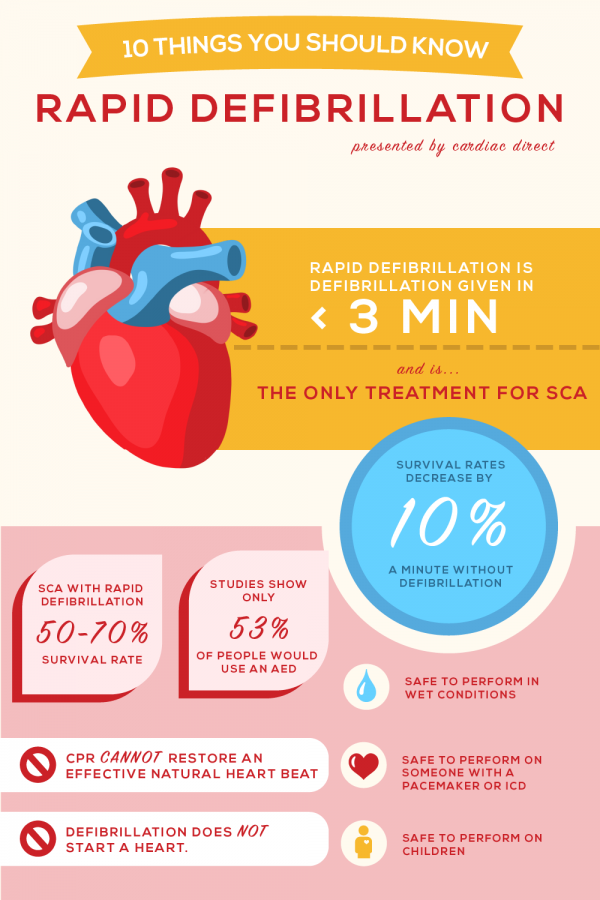
Works Cited:
“The Chain of Survival.” Sudden Cardiac Arrest Foundation, www.sca-aware.org/campus/the-chain-of-survival.
Furst, John. “Why Early Defibrillation Is Important.” Free CPR Training, 28 Dec. 2019, www.learncpronline.net/why-early-defibrillation-is-important/.
“Importance of Early Defibrillation – ACLS Online Handbook.” Advanced Medical Certification, 27 Apr. 2019, advancedmedicalcertification.com/lesson/importance-of-early-defibrillation-acls-online-handbook/.
Kellett, Laurence. “Defibrillators/AED FAQs: 18 Questions We Always Get Asked In 2019.” Direct365 Blog, Direct365 Blog, 24 Apr. 2020, www.direct365.co.uk/blog/defibrillators-faq-18-questions/#11.
User, Super. “Why Is Early Defibrillation Vital?” DefibFirst, www.defibfirst.com.au/what-is-sca/4-what-is-sca-sudden-cardiac-arrest.
What Is the Chain of Survival-and Why Is It Important?, www.cprcertified.com/blog/what-is-the-chain-of-survival-and-why-is-it-important.


